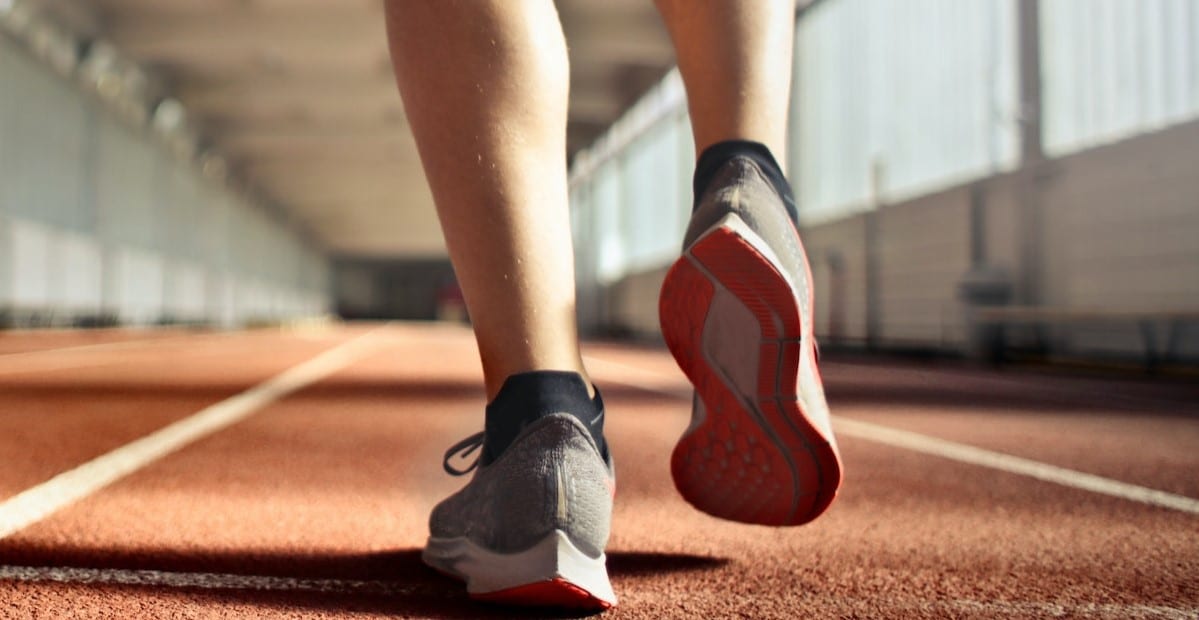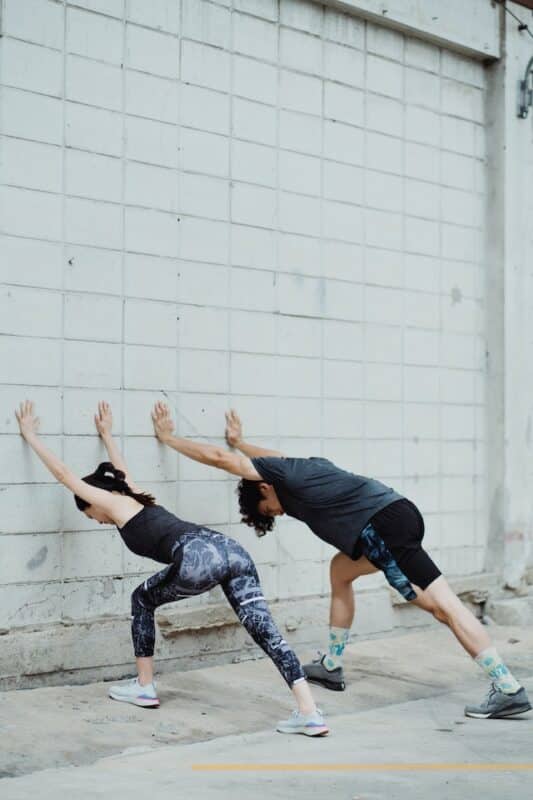
Contents
The Achilles tendon is an essential tendon for exercise, so let’s see how you can strengthen it
We all know the tale of Achilles – that bloke they call a demi-god whose mum (quite rudely) dipped him into a vat of mythical liquid. Only, she didn’t dip his heel. Hence the weakness trope, Achilles heel. While you may be far from a demi-god, you’ll still need strength. And with the right techniques, you can avoid falling to the fate of Achilles and strengthen your tendons with ease.
Why should you bother though, really?
The Achilles tendon is incredibly important in connecting your foot muscles and heel. It acts as the hinge that allows you to walk, jump, run, raise and so on. And the worst punishment from the gods here is that your Achilles tendon’s importance is only thwarted heavily by its potential fragility.
As we all know, fragility leads to potential injury, and an Achilles tendon injury is one of the worse experiences for runners around. You can say goodbye to your running routines for potentially months, let alone basic activities like walking properly. Funnily enough, articles like this are important to read – if only because the steps to prevent through strengthening are so simple that you’d be silly not to.
The runners stretch
Be it Achilles tendon rupture, issues with your calf muscles or Achilles tendonitis, you’ll want to employ a stretch like this to initiate the recovery process. Naturally, you should always get ahead of the game and practice these before injuries arise.
- Place your hands on the wall or chair. If using a wall, put your hands at eye level.
- Step the leg you want to stretch behind you. Keep your back heel on the floor and point your toes straight ahead.
- Bend your other knee toward the wall, keeping your back leg straight.
- Lean toward the wall until you feel a gentle stretch in your calf. Don’t lean so far that you feel pain.
- Hold for 30 seconds. Complete 3 reps.
Make sure to approach this one with care, as a rupture may be too severe to complete the movement.
The heel drop
Another amazing exercise for Achilles tendon pain, the heel drop may feel subtle, but it makes a heavy impact if used consistently. Again, make sure to do this exercise even if you don’t feel pain – prevention is always better than recovery.
- Hold on to the railings of the staircase or ladder.
- Put the ball of your foot on the edge of the bottom step.
- Let your heel drop down, allowing your other foot to relax.
- Hold for 30 seconds. Complete 3 reps.


Conclusion
Whether it’s keeping your knee straight or optimising your heel bone, these exercises are worth doing. Sometimes they can feel uncomfortable, but that’s partly the point; if you’re in pain, it’s bound to hurt a little, and this means it’s working (just be careful of doing damage, though – too much pain can mean you’re doing harm). Achilles tendon stretches are easy, quick and super accessible, so stop putting your foot in it and try them out today.
FAQs
Are heel raises easy to perform?
Yes. They’re mostly centred around minimal movement with little to no equipment needs.
What is Achilles tendinopathy?
A painful condition due to injury of a cord that connects the calf muscles at the back of the lower leg to the heel bone, known as the Achilles tendon.
What is Achilles tendonitis?
Inflammation of the Achilles tendonitis leading to pain and aching.
Are these good exercises for Achilles tendinitis?
Absolutely, they’ll promote flexibility and range of motion to reduce tightness.
Is Your Calf Muscle Pain Just a Strain or Something Else?
Knowing if tight calf muscles are just a strain or if you have another, greater issue with your calf muscle is often difficult to gauge. Keep an eye on any injury or soreness and monitor how stretches and exercise are affecting things (a resistance band calf exercise, for example). If in doubt, visit a physio or your GP.